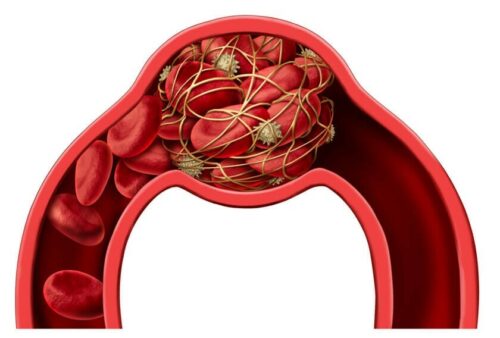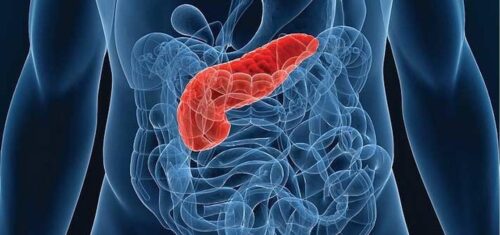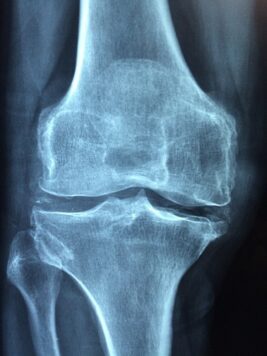Bone health requires regulation of homeostatic equilibrium between osteoblasts and osteoclasts. The over-activation of osteoclasts can disrupt bone metabolism, resulting in osteoporosis and other bone-loss diseases. Fullerenol, a polyhydroxy derivative of fullerene, exhibits excellent biocompatibility. Here we show that fullerenol nanoparticles exert two functions: inhibition of osteoclastic differentiation and blockage of pre-osteoclast fusion to restructure osteoclast maturation and function. Experimentally, the nanoparticles reduced pre-osteoclast migration and inhibited ruffled border formation to block their maturation. In addition, fullerenol dose-dependently restricted the differentiation of bone marrow macrophage cells (BMMs) to form osteoclasts following treatment with macrophage colony-stimulating factor (M-CSF) and receptor activator of nuclear factor (NF)-κB (RANKL) to activate NF-κB and mitogen activating protein kinase (MAPK) signaling pathways. It is possible that the very small size of fullerenol allows it to directly cross the cellular membrane to access the cytoplasm and regulate osteoclastogenesis from BMMs. Our results suggest that fullerenol could be used to treat bone-loss diseases such as osteoporosis.
0 items in your cart
Help center
Do you have any questions?
What would you like help with today? You can quickly take care of most things
here, or
connect with us when needed.
Can not find your answer? Please contact us
Send a question
Please try to describe your question as accurately as possible. The most
complete information will help us promptly respond to your message.
Question sent successfully
Thank you for contacting us, we will answer your question on example@gmail.com within 72 hours!







